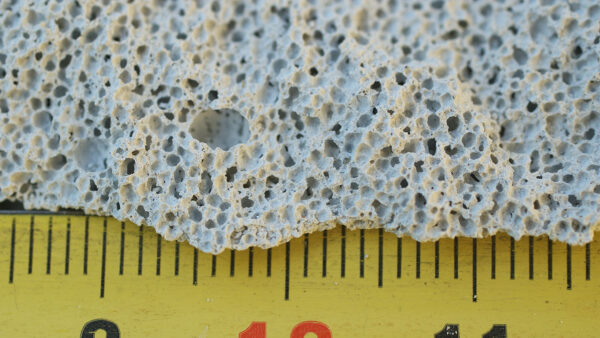
A senior APS member has called on the HSE to re-examine the role of dutyholders under the CDM regulations in the light of an increase in fatalities in construction.
Figures released in July show 51 deaths recorded across England, Wales and Scotland in construction – up from 47 the previous year according to the new statistics. The average number over a five-year period was 42.
The 51 deaths figure is 70% higher than the 2018/2019 pre-Covid figure when fatalities dipped to 30.
In total there were 138 worker deaths in the period April 2023 to March 2024. Deaths in construction represented 37% of all the industries surveyed.
Stephen Coppin FaPS, founder and managing director of SJC Risk Management Solutions, questioned whether the rise in fatalities could be a further sign that the execution of the CDM regulations was failing.
“Does this demonstrate that CDM 2015 is not being applied properly – and, if so, by whom? The client, the principal designer, the other designers, principal contractors and or contractors or all or some of these dutyholders?” he said.
Call to revisit research paper
He called for the HSE to revisit its June 2023 research paper RR1198 Implementation of the principal designer role within CDM 2015 and take action over the shortcomings highlighted in it and in raw information in a separate technical annexe.
The research, based on responses from 849 people surveyed by the HSE, showed the intended objectives of the role are not being fully realised. There was concern that it is misunderstood and inappropriate appointments made.

Questions were raised as to whether the role should just be involved in the preconstruction phase or if there should also be clear control of the design and preconstruction phase that more than likely continues during construction.
“We’re often seeing preconstruction information documents that have been submitted to principal contractors that have been deemed to be insufficient in terms of ‘designing out’ and/or flagging up the project-specific significant risks to health and safety,” said Coppin.
“This is especially the case where coordination and dialogue is necessary with regard to temporary works design, which is often overlooked. Given the wide-ranging interpretation of the planning, managing and monitoring duties, this may mean that clients are not getting the advice they need regarding safety-critical issues.”
Appointment of competent people
He urged the HSE to examine some of the shortcomings highlighted, including the need for more designer-led design-risk management and the appointment of the right competent people at the right time.
Figures in health and safety across the built environment also expressed concerns about the statistics.
APS interim chief executive Andrew Leslie said: “This increase does not appear to be due to there just being more construction workers exposed to the same risks, as the incident rate has also increased.
“It would be useful to see the statistics analysed to show how many deaths were due to employers and dutyholders failing to meet their legal obligations under the Health and Safety at Work Act and CDM 2015 (and other relevant legislation).
“When we know more about why these deaths are occurring, APS can focus on appropriate actions and advice to our members, working in partnership with industry to eliminate deaths, tackle ill health and manage risks throughout the whole life of any project in the built environment.”











